Home>diy>Building & Construction>What Is Plastering In Construction
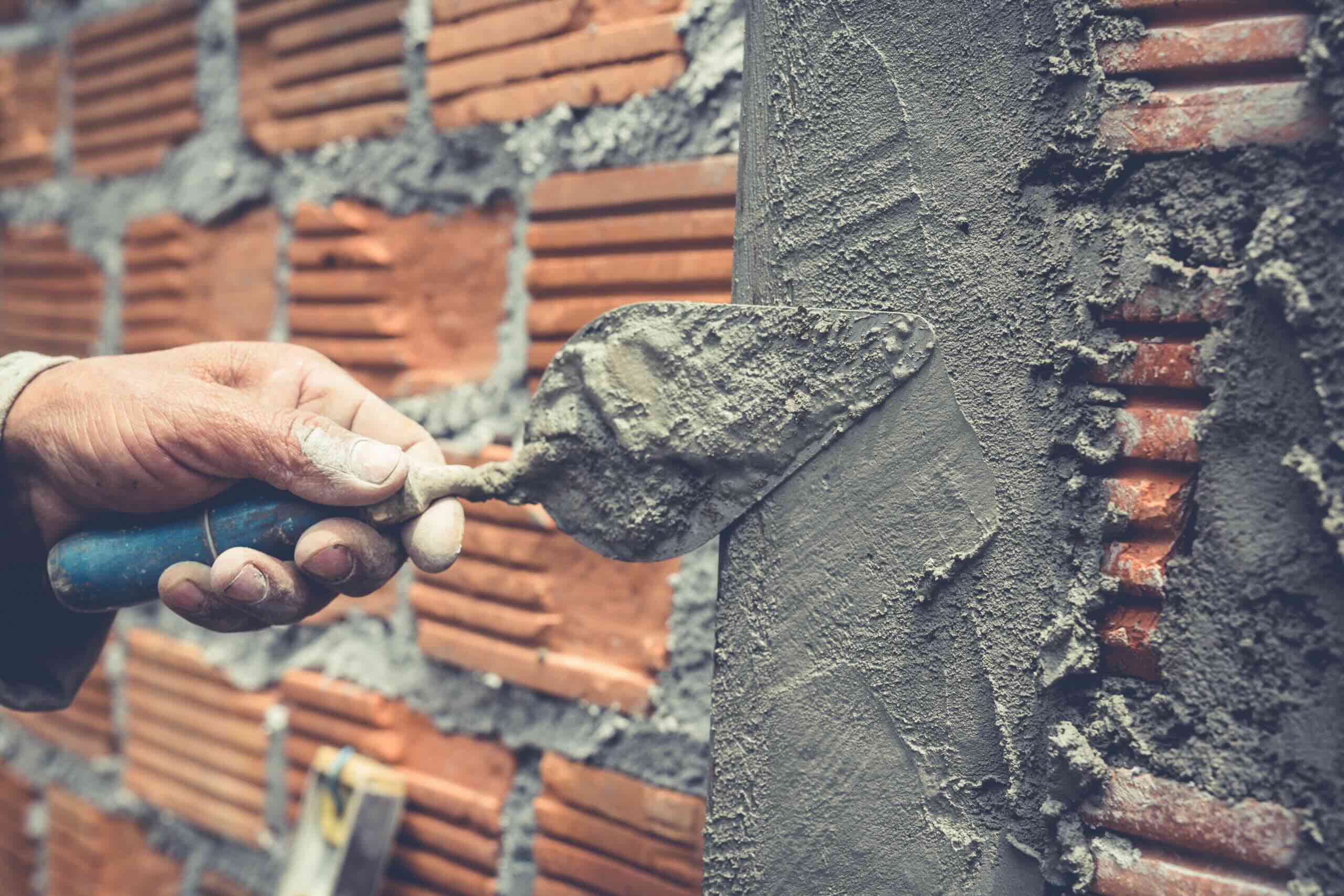

Building & Construction
What Is Plastering In Construction
Modified: December 7, 2023
Learn about the essential process of plastering in building construction. Discover the techniques, materials, and importance of plastering for a strong and durable structure.
(Many of the links in this article redirect to a specific reviewed product. Your purchase of these products through affiliate links helps to generate commission for Storables.com, at no extra cost. Learn more)
Introduction
Plastering is an essential process in the construction industry that involves applying a layer of plaster to walls, ceilings, and other surfaces to create a smooth and even finish. It not only enhances the aesthetic appeal of a building but also provides protection and durability. Plastering has been used for centuries and continues to be one of the most widely used techniques in construction.
In this article, we will delve into the world of plastering, exploring its definition, purpose, materials, process, tools, and the importance of quality plastering in construction. Whether you are a homeowner looking to renovate your house or a construction professional seeking to understand the intricacies of plastering, this article will provide you with valuable insights.
Plastering is not just about achieving a visually pleasing surface; it plays a crucial role in creating a strong and long-lasting construction. It acts as a protective layer, shielding walls and ceilings from various external elements such as moisture, heat, and even sound. Furthermore, plastering helps to improve the insulation properties of a building, making it more energy-efficient.
Throughout history, different materials have been used for plastering, ranging from lime and gypsum to cement and acrylic-based compounds. The choice of material depends on factors such as the desired finish, the surface to be plastered, and the environmental conditions.
The process of plastering involves several steps, starting with the preparation of the surface. This includes cleaning, removing loose particles, and applying a suitable primer. Once the surface is ready, the plaster mix is prepared and applied using various hand tools or mechanical equipment. Multiple coats may be necessary to achieve the desired thickness and smoothness.
Plastering is not without its challenges. Common issues such as cracking, shrinkage, and unevenness can occur if proper techniques and materials are not used. However, with the right knowledge and expertise, these challenges can be overcome, resulting in a flawless plastering finish.
Quality plastering is of utmost importance in construction. It not only enhances the overall aesthetic appeal of a building but also contributes to its structural integrity and longevity. Poor plastering can lead to moisture penetration, mold growth, and damage to the underlying structures, compromising the safety and durability of the building.
In the following sections, we will explore each aspect of plastering in more detail, providing you with a comprehensive understanding of this vital construction technique.
Key Takeaways:
- Plastering in construction is more than just creating a visually appealing finish; it provides vital protection, insulation, and durability to buildings, contributing to their overall success and longevity.
- Quality plastering is crucial for structural integrity, moisture protection, energy efficiency, and aesthetic appeal in construction projects, ensuring long-lasting, visually stunning, and durable structures.
Read more: What Grit Sandpaper For Plaster Walls
Definition of Plastering
Plastering refers to the process of applying a layer of plaster onto walls, ceilings, and other surfaces in order to create a smooth and uniform finish. It is a fundamental technique in the construction industry, widely used to enhance the appearance, protection, and durability of a building.
Plastering involves the application of a plaster mix, which is a combination of binding materials, aggregates, and water, onto a prepared surface. The plaster mix is spread evenly using various tools and techniques to achieve a desired thickness and texture.
The primary purpose of plastering is to create a visually appealing surface, eliminating any imperfections or irregularities present in the underlying structure. It provides the finishing touch to a building, giving it a polished and refined look.
Additionally, plastering offers several functional benefits. It acts as a protective barrier, shielding walls and ceilings from external elements such as moisture, temperature changes, and even sound. By creating a solid barrier, plastering helps to improve the insulation properties of a building, reducing energy consumption and enhancing comfort levels.
The materials used for plastering have evolved over time. Traditionally, lime-based plasters were widely used, renowned for their breathability and flexibility. However, in modern construction, gypsum plasters have gained popularity due to their quick-drying nature and ease of application.
Plastering can be adapted to suit different requirements and preferences. Depending on the desired finish, various textures and decorative effects can be achieved, ranging from smooth and sleek surfaces to textured patterns or even intricate designs.
It is important to note that plastering is distinct from rendering, another common technique in construction. While both involve the application of a mix onto surfaces, plastering is typically used for interior areas, such as walls and ceilings, whereas rendering is predominantly used for exterior surfaces, such as facades and external walls.
In summary, plastering is the process of applying a layer of plaster onto surfaces as the final step in construction. It enhances the appearance, protection, and functionality of a building, creating a smooth and visually appealing finish while also improving insulation and durability. With its versatility and wide range of finishes, plastering is an integral part of creating beautiful and long-lasting structures.
Purpose of Plastering in Construction
Plastering serves several important purposes in the construction industry, making it an essential step in the building process. It goes beyond simply providing a visually appealing finish and plays a crucial role in enhancing the functionality, protection, and longevity of a structure. Let’s explore the key purposes of plastering:
- Smoothing and Leveling: One of the primary purposes of plastering is to create a smooth and level surface on walls and ceilings. Plastering helps to eliminate any imperfections or irregularities present in the underlying structure, such as unevenness, cracks, or joints. By providing a seamless finish, plastering contributes to the overall aesthetic appeal of a building.
- Protective Barrier: Plastering acts as a protective barrier, shielding the underlying structure from various external elements. It helps to prevent moisture penetration, which can lead to the growth of mold and mildew, as well as structural damage. Plastering also offers thermal insulation properties, reducing heat transfer and improving energy efficiency in a building.
- Noise Reduction: Another purpose of plastering is to provide sound insulation. By creating a solid and uniform surface, plastering minimizes the transmission of sound from one room to another, enhancing privacy and creating a peaceful environment within a building.
- Enhancing Fire Resistance: Plastering materials, such as gypsum plaster, offer inherent fire-resistant properties. In the event of a fire, plastering can help to retard the spread of flames, providing valuable time for evacuation and minimizing damage to the structure.
- Improved Durability: Plastering adds an extra layer of protection to walls and ceilings, enhancing their durability and longevity. It helps to strengthen the surfaces, making them more resistant to wear, impact, and environmental factors. This is particularly important in high-traffic areas or buildings prone to heavy use.
- Aesthetic Enhancement: While functionality is essential, plastering also significantly contributes to the visual appeal of a building. It allows for various finishes, textures, and decorative effects to be achieved, enabling customization and reflecting the desired architectural style. Plastering can create an elegant, modern, rustic, or even elaborate look, depending on the design vision.
Overall, the purpose of plastering in construction is multifaceted. It not only creates a visually appealing and polished finish but also provides vital protection, insulation, and durability to structures. By encompassing functional and aesthetic aspects, plastering plays a vital role in the success of any construction project.
Types of Plastering Materials
When it comes to plastering, different materials can be used depending on the desired finish, surface, and environmental conditions. Each material has its own unique characteristics and benefits. Let’s explore some of the most commonly used plastering materials:
- Lime-based Plaster: Lime plaster has been used for centuries and is known for its breathability and flexibility. It is made by mixing lime, sand, and water. Lime plaster offers excellent durability and is suitable for historical buildings or structures that require a traditional finish. It allows for the absorption and release of moisture, preventing the buildup of condensation.
- Gypsum Plaster: Gypsum plaster, also known as plaster of Paris, is a popular choice in modern construction. It is made by heating gypsum, a naturally occurring mineral, to remove the water content. Gypsum plaster is quick-drying, making it convenient for construction projects with tight deadlines. It provides a smooth and white finish and is widely used for interior surfaces.
- Cement-based Plaster: Cement plaster is a mixture of cement, sand, and water. It is renowned for its strength, durability, and adhesive properties. Cement plaster is commonly used for exterior surfaces, as it is resistant to weathering and can withstand harsh environmental conditions. It provides a sturdy and solid finish, suitable for areas that require additional protection.
- Acrylic-based Plaster: Acrylic-based plasters have gained popularity due to their versatility and ease of application. These plasters are made by mixing acrylic polymers, aggregates, and other additives. Acrylic-based plasters offer excellent adhesion, crack resistance, and water resistance. They come in a variety of colors and textures, making them ideal for decorative and customized finishes.
- Clay Plaster: Clay plaster is an eco-friendly option that has gained attention for its sustainability and health benefits. It is made by mixing clay, sand, and natural fibers. Clay plaster is breathable and regulates humidity, creating a healthy indoor environment. It is suitable for both historical restoration projects and contemporary designs.
It is important to choose the right plastering material based on the specific requirements of the project. Factors such as the desired finish, surface preparation, environmental conditions, and budget should be taken into consideration. Consulting with a professional will help in determining the most suitable plastering material for your construction needs.
Process of Plastering
The process of plastering involves several steps to ensure a smooth and flawless finish. Each step is crucial in achieving the desired result. Let’s explore the typical process of plastering:
- Surface Preparation: The first step in plastering is to prepare the surface. This includes cleaning the surface to remove any dust, dirt, or loose particles. It is important to ensure that the surface is free from any contaminants that could affect the adhesion of the plaster. Additionally, any cracks or holes in the surface should be repaired and filled before starting the plastering process.
- Priming: Before applying the plaster, it is recommended to apply a primer on the surface. Priming helps to improve the adhesion of the plaster and ensures a uniform finish. It also helps to reduce the absorption of moisture from the plaster mix, allowing for better workability and drying.
- Preparing the Plaster Mix: The next step is to prepare the plaster mix. Different plastering materials require varying ratios of mixing. Typically, the plaster mix consists of the primary material (such as cement, gypsum, or lime), aggregates (such as sand), and water. The mixture should be thoroughly mixed to achieve a smooth and consistent consistency.
- Applying the Base Coat: The first layer of plaster, known as the base coat or scratch coat, is applied to the surface. The base coat serves as the foundation and helps to level out any unevenness. It is applied using a trowel or a plastering machine, spreading the mix evenly and ensuring a consistent thickness. The surface is then scratched with a comb-like tool to create a rough texture, allowing better adhesion of subsequent layers.
- Applying the Finish Coat: Once the base coat has partially dried, the finish coat is applied. The finish coat is usually a finer mix, allowing for a smoother and more refined surface. It is applied using a trowel, working from top to bottom and ensuring an even distribution. The finish coat is carefully leveled and smoothed to achieve the desired texture and thickness.
- Drying and Curing: After the plaster has been applied, it needs time to dry and cure. The drying time can vary depending on the type of plaster used and the environmental conditions. It is important to allow sufficient drying time before proceeding with any further work on the plastered surface. During the drying process, it is crucial to protect the plaster from excess moisture and temperature variations.
- Finishing Touches: Once the plaster has fully dried and cured, any imperfections or unevenness can be addressed. This includes sanding down any rough areas, filling in any remaining gaps or cracks, and applying a final coat if necessary. Finally, the plastered surface can be painted or decorated according to the desired aesthetic.
It is important to note that the process of plastering can vary depending on the specific requirements of the project and the type of plastering material used. Seeking professional advice and guidance is recommended to ensure a successful and satisfactory plastering outcome.
When plastering in construction, make sure to properly prepare the surface by removing any debris and applying a bonding agent for better adhesion. This will result in a smoother and more durable finish.
Tools and Equipment Used in Plastering
Plastering requires specific tools and equipment to ensure efficient and effective application of the plaster mix. The choice of tools may vary depending on the size of the project, the type of plaster being used, and personal preference. Here are some commonly used tools and equipment in the plastering process:
- Trowel: A trowel is a handheld tool with a flat, rectangular blade that is used for applying and spreading the plaster mix. It is essential for achieving an even and smooth finish. Trowels come in various sizes, and the selection depends on the size of the surface being plastered and the desired thickness of the coating.
- Plastering Hawk: A plastering hawk is a square or rectangular platform with a handle underneath. It is used to hold the plaster mix while working. The plasterer can scoop up the mixed plaster onto the hawk and then transfer it onto the trowel for application. The hawk allows for easy access to the plaster and helps to control the amount being used.
- Plastering Float: A plastering float is a tool with a flat, smooth surface, often made of wood or magnesium. It is used to level, smooth, and compact the plastered surface. The float is applied in a circular motion, helping to create a uniform texture and remove any excess plaster.
- Clean-up Tools: Plastering can be a messy process, and it is important to have the necessary tools for clean-up. This may include a bucket and sponge for cleaning the tools and equipment, as well as a broom and dustpan for sweeping up any debris or excess plaster.
- Plastering Machine: For larger construction projects or when there is a need for more efficiency, plastering machines can be used. These machines are designed to mix and pump plaster mix onto the surface, saving time and effort. Plastering machines are especially useful in commercial or industrial settings where larger areas need to be covered quickly.
- Protective Gear: Plastering can involve working with potentially harmful materials and tools. It is important to use appropriate protective gear to ensure safety. This may include gloves, safety goggles, dust masks, and knee pads to protect against chemical exposure, flying particles, and physical strain.
- Plaster Mixing Tools: Mixing the plaster properly is crucial for achieving a consistent and workable mixture. Tools such as buckets, mixing paddles, and drills with mixing attachments are used to thoroughly combine the plaster materials and achieve the desired consistency.
- Measuring Tools: Accurate measurement of materials is essential for consistent results. Measuring tools such as measuring cups, scales, and measuring tapes are used to ensure the correct ratio of materials for mixing the plaster.
Using the right tools and equipment is key to achieving a high-quality plastering finish. It is important to invest in good-quality tools and maintain them properly to ensure their longevity and effectiveness. Additionally, following proper safety protocols and using protective gear will help create a safe working environment during the plastering process.
Common Issues and Challenges in Plastering
Plastering, like any construction process, can come with its fair share of challenges and potential issues. It is important to be aware of these challenges to overcome them and achieve a successful plastering finish. Here are some common issues and challenges that may arise during the plastering process:
- Cracking: Cracking is a common issue in plastering and can occur due to various reasons, such as improper mixing of the plaster, inadequate surface preparation, or movement in the underlying structure. To minimize cracking, it is crucial to ensure proper plaster mix consistency, correct surface preparation, and use of suitable reinforcement materials when necessary.
- Shrinkage: Shrinkage refers to the reduction in volume as the plaster dries and cures. It can lead to the development of cracks and an uneven surface. Proper mix ratios, appropriate curing time, and using high-quality plaster materials can help minimize shrinkage during the plastering process.
- Unevenness and Uneven Thickness: Ensuring an even and consistent thickness of the plaster is essential for achieving a smooth finish. Inadequate trowel techniques, improper application, or inconsistent material distribution can result in unevenness and variations in plaster thickness. Vigilance, attention to detail, and proper application techniques can help overcome this challenge.
- Staining and Discoloration: Staining and discoloration can occur when moisture penetrates the plaster mix or when there are contaminants present on the surface. This can lead to unsightly patches or discoloration on the plastered surface. Proper surface preparation, sealing of surfaces prone to moisture infiltration, and using high-quality materials can help prevent staining and discoloration issues.
- Trowel Marks and Tool Lines: Improper trowel techniques or insufficient smoothing of the plaster during application can result in visible trowel marks or tool lines on the surface. This can affect the overall aesthetics. Using the trowel correctly, applying suitable pressure, and proper smoothing techniques can help achieve a uniform and smooth finish.
- Drying and Curing Issues: Improper drying and curing can lead to various issues such as cracking, poor adhesion, or mold growth. Factors such as temperature, humidity, and ventilation play a crucial role in the drying and curing process. Following manufacturer guidelines, allowing sufficient drying time, and providing optimal environmental conditions can help mitigate drying and curing issues.
- Adhesion Problems: Poor adhesion of plaster to the surface can lead to the plaster peeling or separating from the substrate. This can occur due to inadequate surface preparation or incorrect application techniques. Proper cleaning, priming, and ensuring compatibility between the plaster mix and the surface are essential for achieving good adhesion.
- Workability and Time Constraints: Plastering requires a certain level of skill and experience to achieve the desired result within a given timeframe. Insufficient workability of the plaster mix or time constraints can affect the overall quality and finish of the plastering. Proper planning, preparation, and efficient work techniques are crucial for managing time constraints and achieving optimal workability.
Overcoming these challenges requires a combination of knowledge, skill, and attention to detail. By understanding the potential issues and implementing appropriate techniques, plastering can be successfully accomplished, resulting in a visually pleasing and durable finish.
Benefits and Advantages of Plastering
Plastering offers numerous benefits and advantages, making it an integral part of construction projects. Whether for residential, commercial, or industrial buildings, plastering provides both functional and aesthetic advantages. Let’s explore some of the key benefits of plastering:
- Enhanced Aesthetics: One of the primary benefits of plastering is the enhanced aesthetics it brings to a space. Plastering creates a smooth and uniform finish, covering up any imperfections or irregularities in the underlying structure. It provides a perfect canvas for paint, wallpaper, or decorative finishes, allowing for endless design possibilities.
- Added Protection: Plastering acts as a protective layer for walls and ceilings. It provides a barrier against external elements such as moisture, heat, and sound. Properly plastered surfaces are less prone to damage and deterioration caused by weathering, making them more durable and long-lasting.
- Improved Insulation: Plastering helps to enhance the insulation properties of a building. It creates an extra layer of material that helps to regulate temperature and reduce heat transfer. This can lead to improved energy efficiency and reduced heating or cooling costs for the building’s occupants.
- Noise Reduction: Plastering also provides sound insulation benefits, creating a quieter indoor environment. The dense and smooth surface of plaster absorbs and dampens sound vibrations, reducing noise transmission between rooms and minimizing disturbances from outside sources.
- Fire Resistance: Certain types of plaster, such as gypsum plaster, offer inherent fire-resistant properties. Plastering can help to limit the spread of flames in the event of a fire, providing valuable time for evacuation and potentially reducing damage to the structure.
- Easy Maintenance: Plastered surfaces are generally easier to clean and maintain compared to exposed brick or concrete. The smooth finish of plastering makes it easier to wipe off dirt, dust, or stains, contributing to a cleaner and more hygienic living or working environment.
- Custom Finishes: Plastering offers a wide range of customization options in terms of finishes and textures. Different decorative effects, such as textured patterns, swirls, or even ornate designs, can be achieved through plaster application techniques. This allows for personalized and unique interior designs.
- Increased Property Value: Good-quality plastering can significantly enhance the value of a property. It adds perceived value by improving the overall appearance, durability, and functionality. Well-plastered walls and ceilings can create positive impressions on potential buyers, leading to higher resale values.
Overall, plastering offers a multitude of benefits in terms of aesthetics, protection, insulation, and functionality. It not only enhances the visual appeal of a space but also provides practical advantages such as improved insulation, durability, and reduced maintenance. Whether for new construction or renovation, plastering is a worthwhile investment that can enhance the overall quality and value of a building.
Importance of Quality Plastering in Construction
Quality plastering is of paramount importance in construction projects, contributing to the overall success and longevity of a building. It goes beyond providing a visually pleasing finish and plays a significant role in ensuring structural integrity, protection, and functionality. Let’s explore the importance of quality plastering in construction:
- Structural Integrity: Plastering acts as a protective layer for walls and ceilings, enhancing their strength and durability. It helps to reinforce the underlying structure and provides additional support. Properly plastered surfaces prevent the intrusion of moisture, which can lead to issues such as mold growth, rot, and weakening of the structures over time.
- Moisture Protection: Quality plastering creates a barrier against moisture infiltration, which can be a significant concern for buildings. Moisture can cause extensive damage to structural components, leading to deterioration and compromise of the building’s integrity. By effectively sealing the surfaces, plastering protects against moisture-related issues like mold, mildew, and rot.
- Energy Efficiency: Properly plastered walls and ceilings offer improved insulation, contributing to energy efficiency in a building. Plastering helps to reduce heat transfer and maintain a consistent indoor temperature, resulting in reduced energy consumption and lower utility bills. The insulation properties of plastering also contribute to a more comfortable and sustainable living or working environment.
- Noise Reduction: High-quality plastering helps to reduce noise transmission between rooms and from external sources. The dense and smooth surface of plaster absorbs sound waves, minimizing the impact of noise pollution. This is beneficial for both residential and commercial spaces, providing a quieter and more peaceful environment for occupants.
- Aesthetic Appeal: Quality plastering creates a visually pleasing finish, enhancing the overall aesthetic appeal of a building. The smooth and uniform surface of plastering provides a perfect canvas for paint, wallpaper, or decorative finishes. Well-plastered surfaces contribute to a polished and sophisticated look, leaving a positive impression on residents, visitors, and potential buyers.
- Longevity and Reduced Maintenance: Good-quality plastering increases the lifespan of walls and ceilings, minimizing the need for maintenance and repairs. Properly applied plaster acts as a protective layer, reducing the risk of cracks, water damage, and deterioration. This results in long-term cost savings and less frequent maintenance requirements.
- Property Value Enhancement: Quality plastering adds value to a property, enhancing its market appeal and resale potential. Well-plastered walls and ceilings create a positive impression on potential buyers, distinguishing the property from others. Aesthetically pleasing and structurally sound plastered surfaces can positively impact the overall value and marketability of a building.
In summary, quality plastering is essential for both functional and aesthetic reasons. It contributes to the structural integrity, protection against moisture and noise, energy efficiency, and overall attractiveness of a building. Investing in experienced professionals and high-quality materials for plastering ensures a long-lasting, durable, and visually appealing finish, adding value to the property and providing a comfortable living or working environment.
Read more: How To Plaster Fireplace
Conclusion
Plastering is a vital process in the construction industry, offering a wide range of benefits and serving multiple purposes. It goes beyond providing a visually appealing finish and plays a crucial role in enhancing the functionality, protection, and longevity of a building.
Throughout this article, we have explored the definition of plastering, the purpose it serves in construction, the different types of plastering materials, the process involved, the tools and equipment used, common issues and challenges, the benefits it offers, and the importance of quality plastering.
Plastering not only enhances the aesthetics of a space, but it also provides a protective barrier, improves insulation properties, reduces noise transmission, enhances fire resistance, and adds to the durability of the structure. It offers customization options, such as different finishes and textures, allowing for endless design possibilities.
However, plastering can come with challenges, such as cracking, shrinkage, unevenness, and adhesion issues. It requires proper surface preparation, accurate mixing techniques, and skilled application to overcome these challenges and achieve a successful plastering finish.
Investing in quality plastering is crucial in construction. It ensures structural integrity, provides moisture protection, enhances energy efficiency, reduces maintenance needs, and increases the value of the property. Proper plastering contributes to a comfortable and aesthetically pleasing living or working environment.
In conclusion, plastering is an essential technique that should not be overlooked in construction projects. By understanding its significance, following proper techniques, and using high-quality materials, builders can create durable, visually stunning, and long-lasting structures. Whether it’s a residential home, a commercial building, or an industrial facility, quality plastering plays a vital role in delivering a successful and satisfying construction project.
Frequently Asked Questions about What Is Plastering In Construction
Was this page helpful?
At Storables.com, we guarantee accurate and reliable information. Our content, validated by Expert Board Contributors, is crafted following stringent Editorial Policies. We're committed to providing you with well-researched, expert-backed insights for all your informational needs.
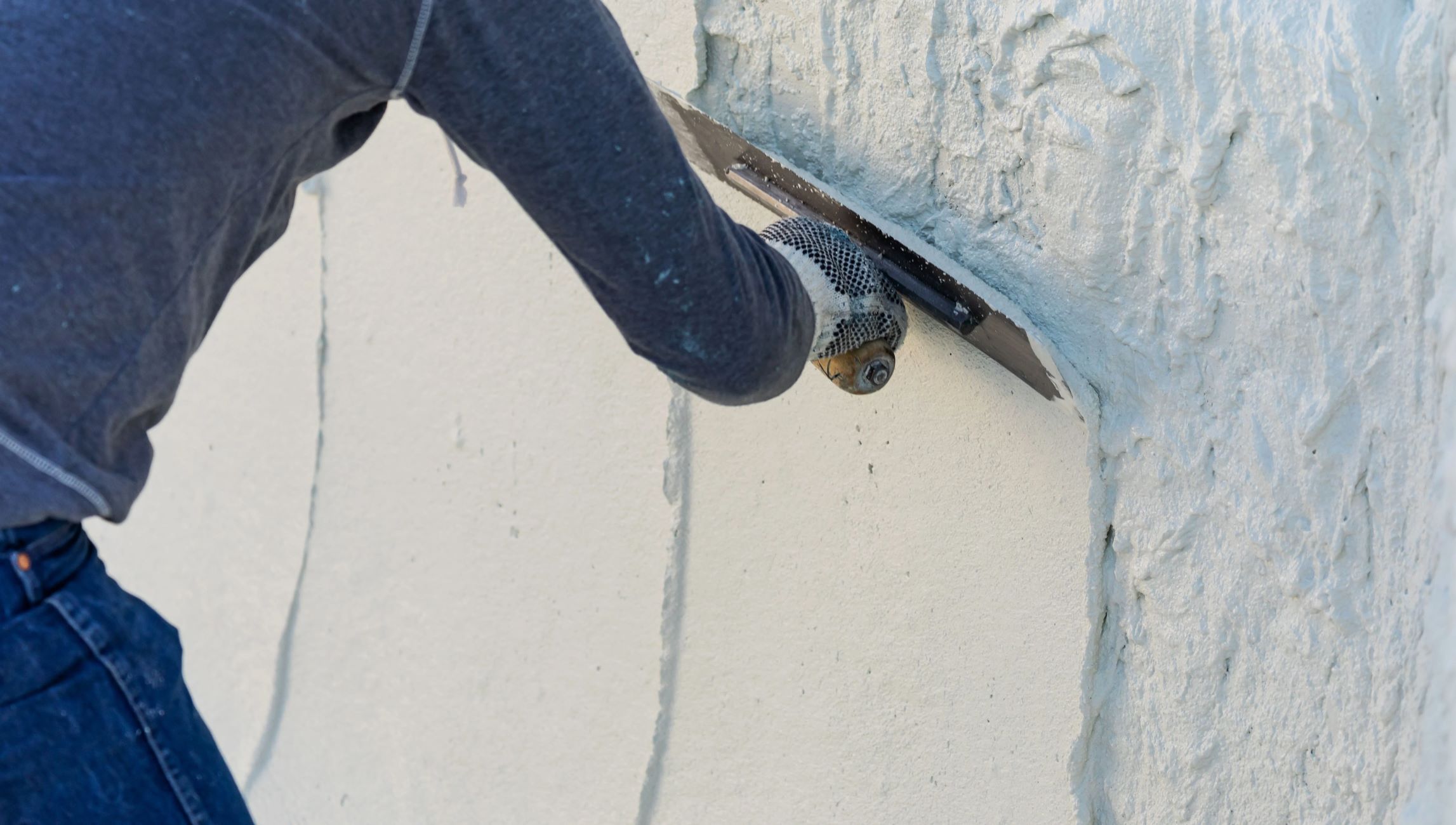
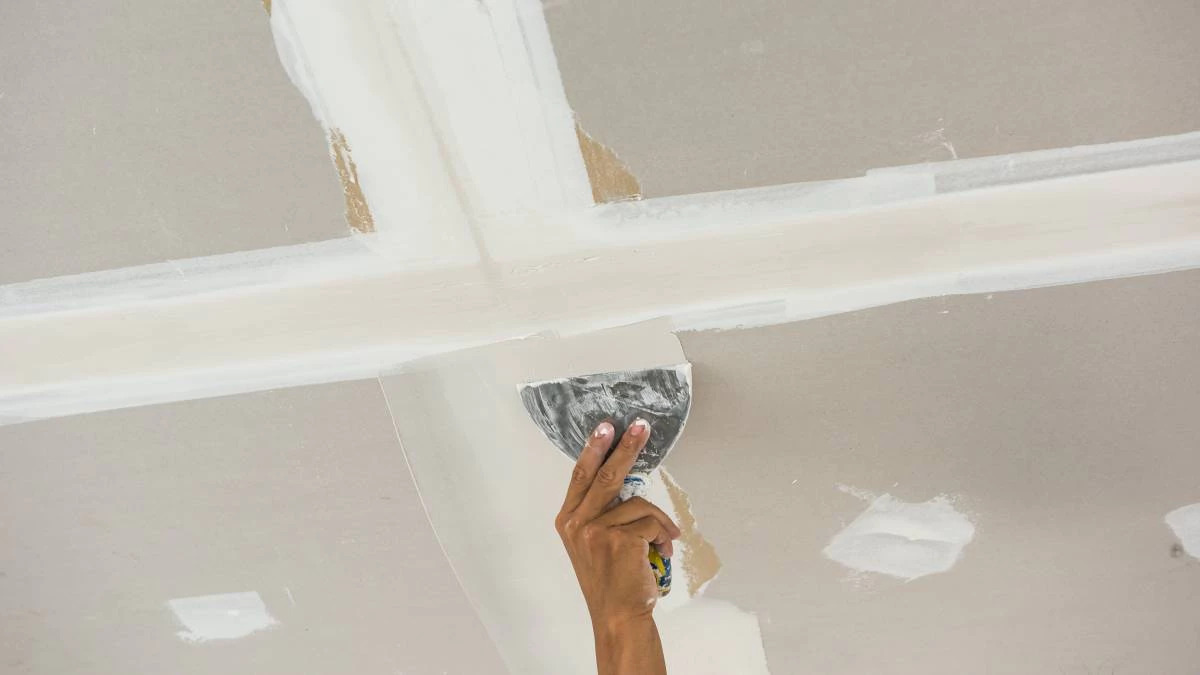
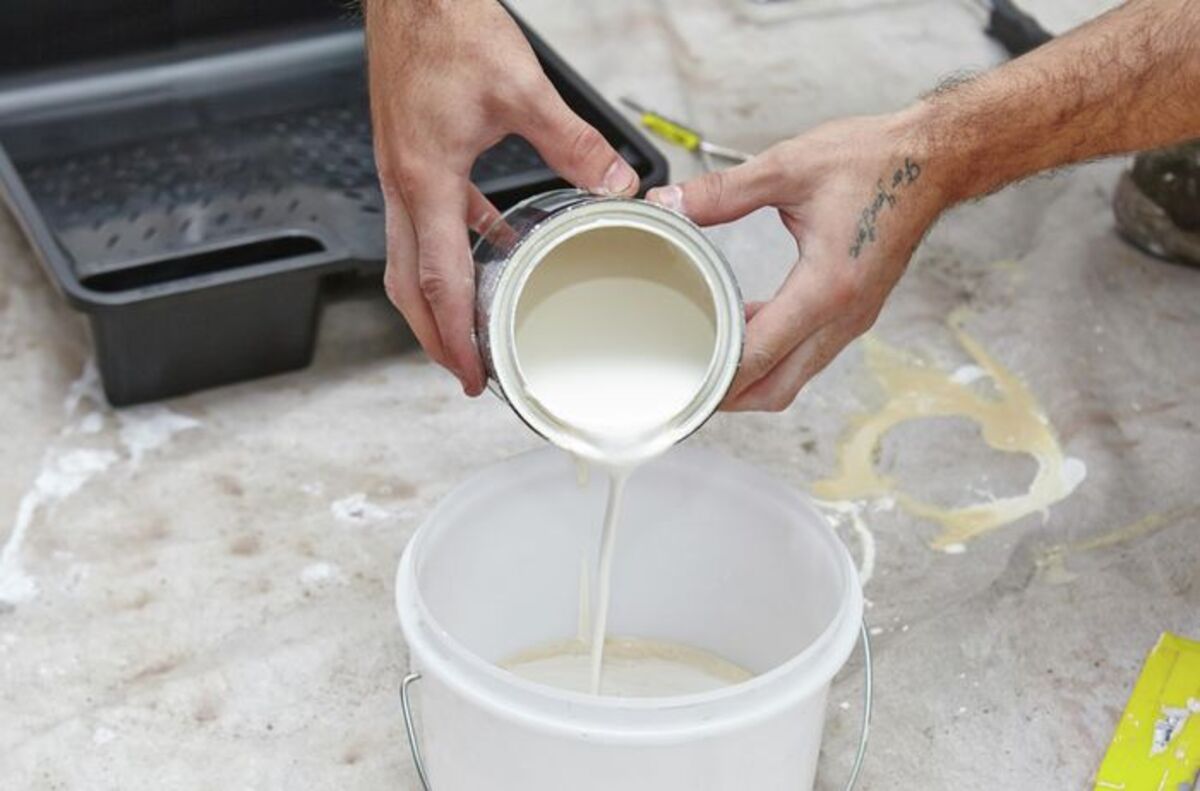
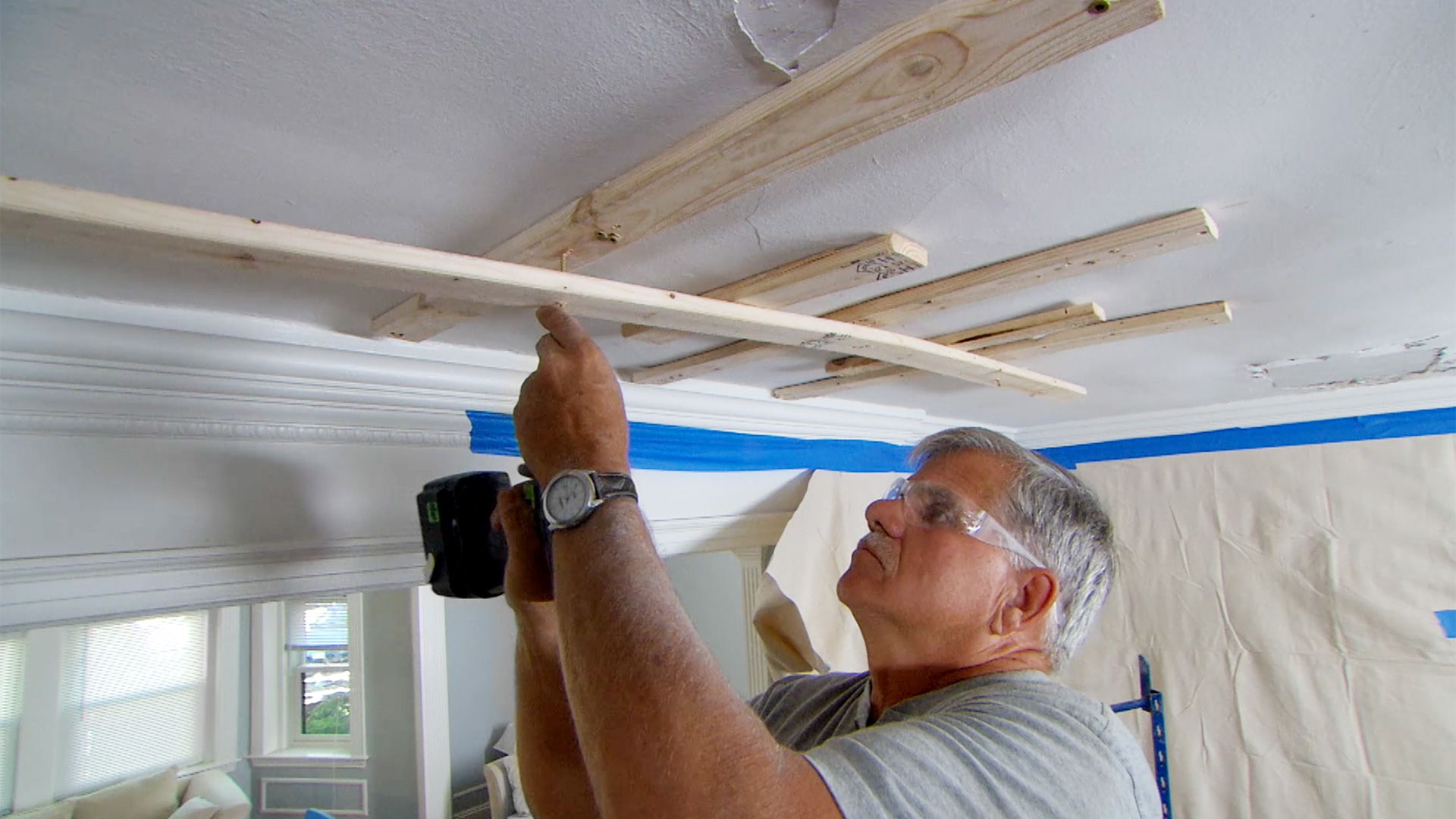
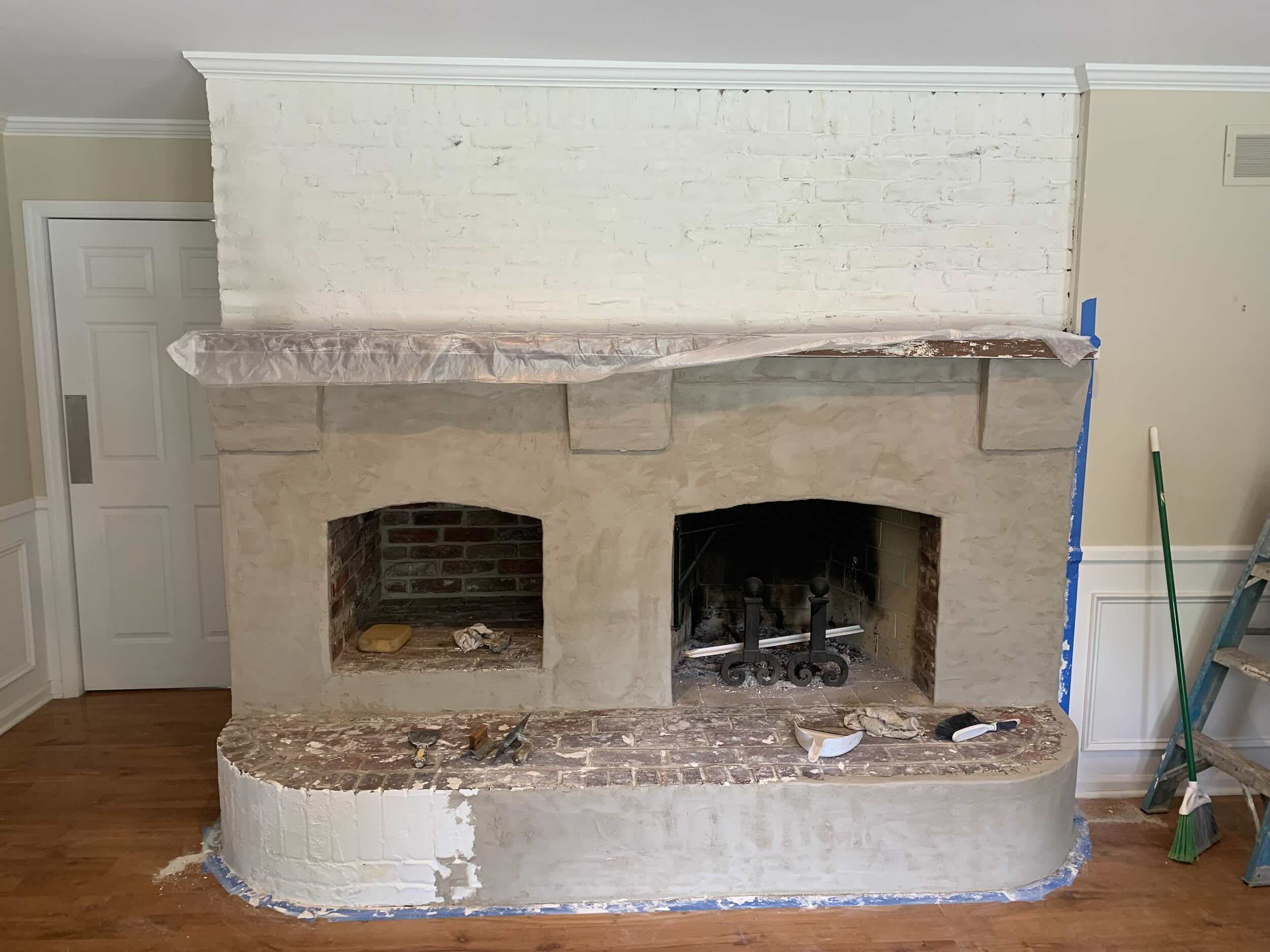
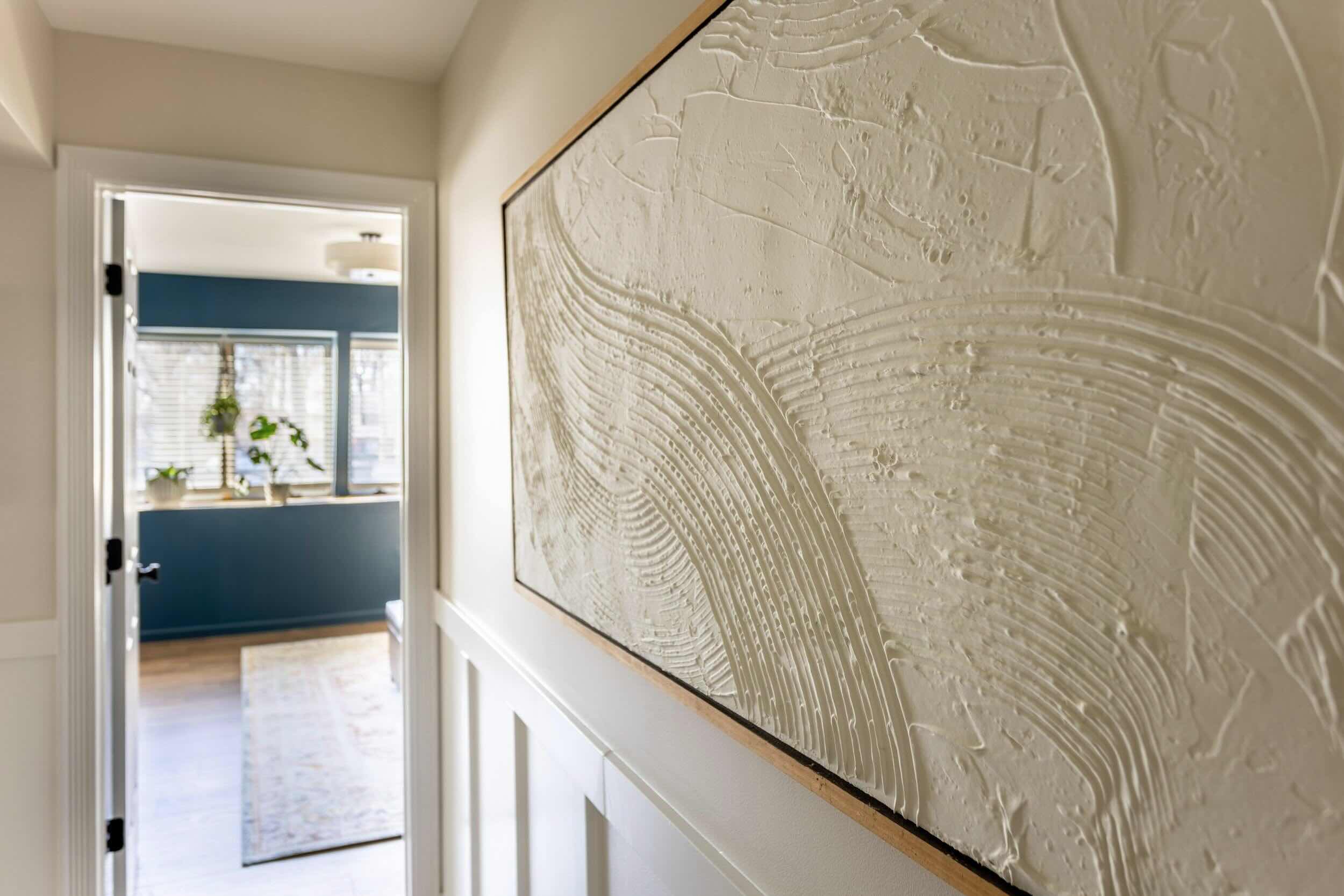
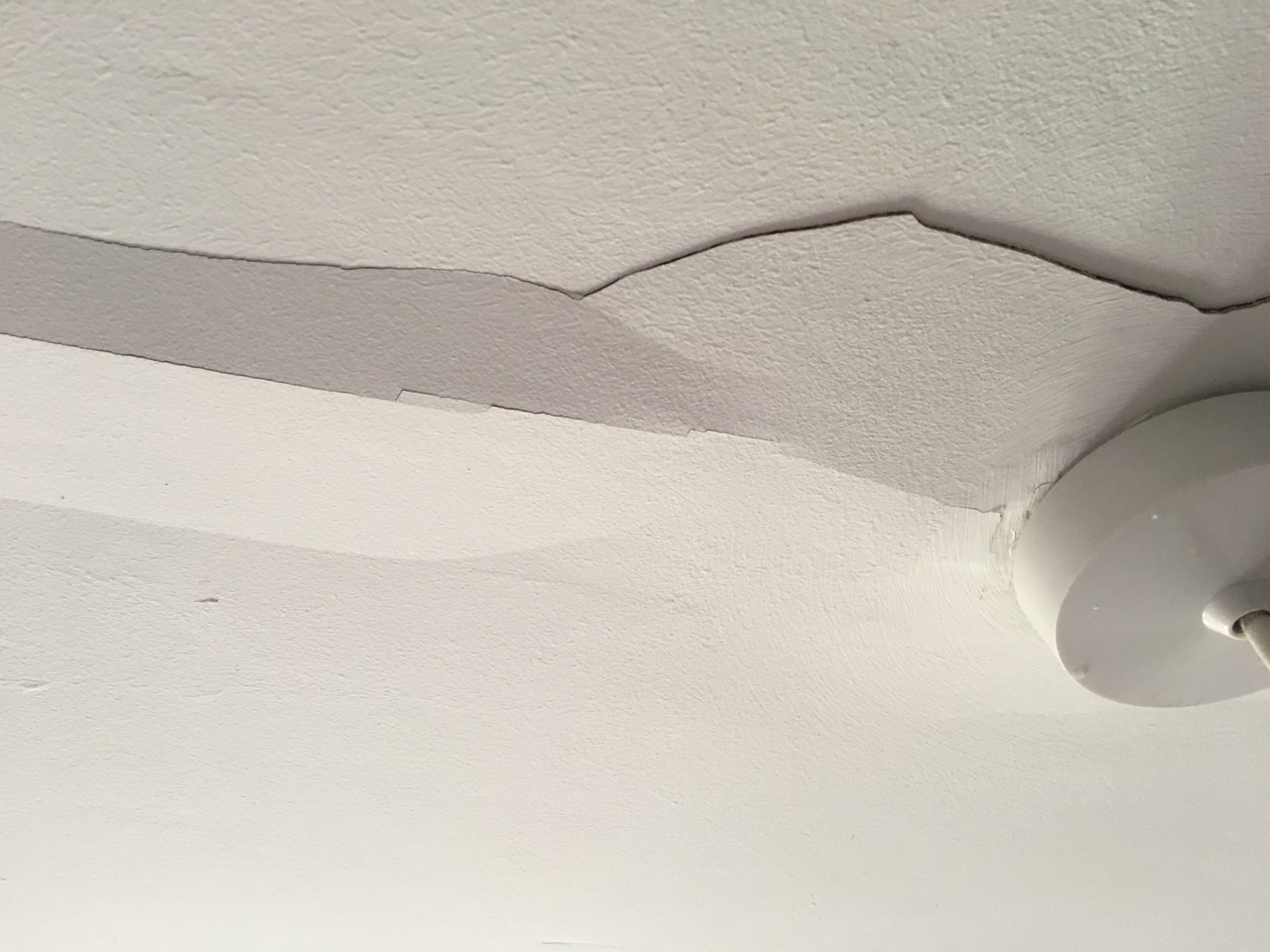
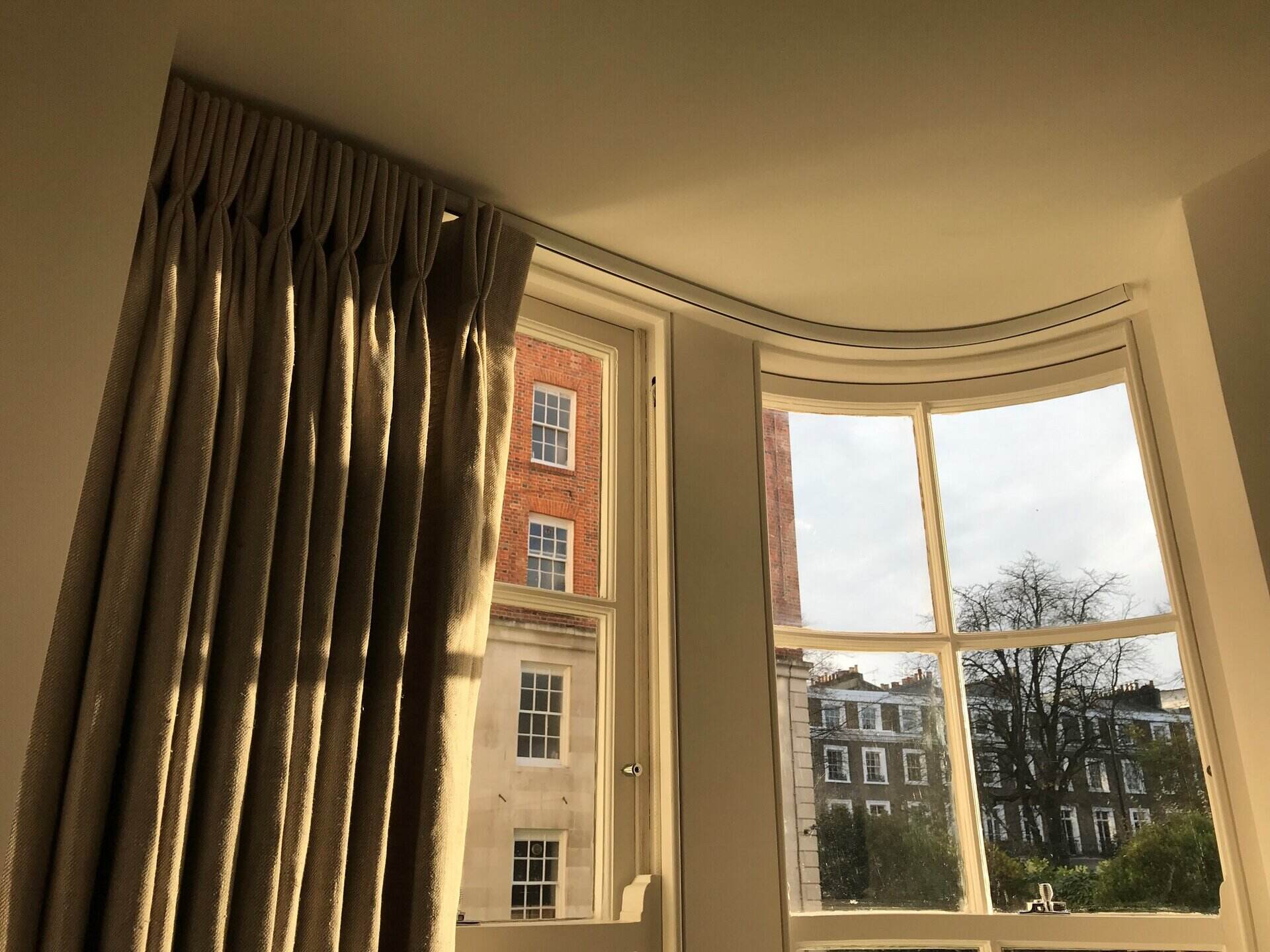

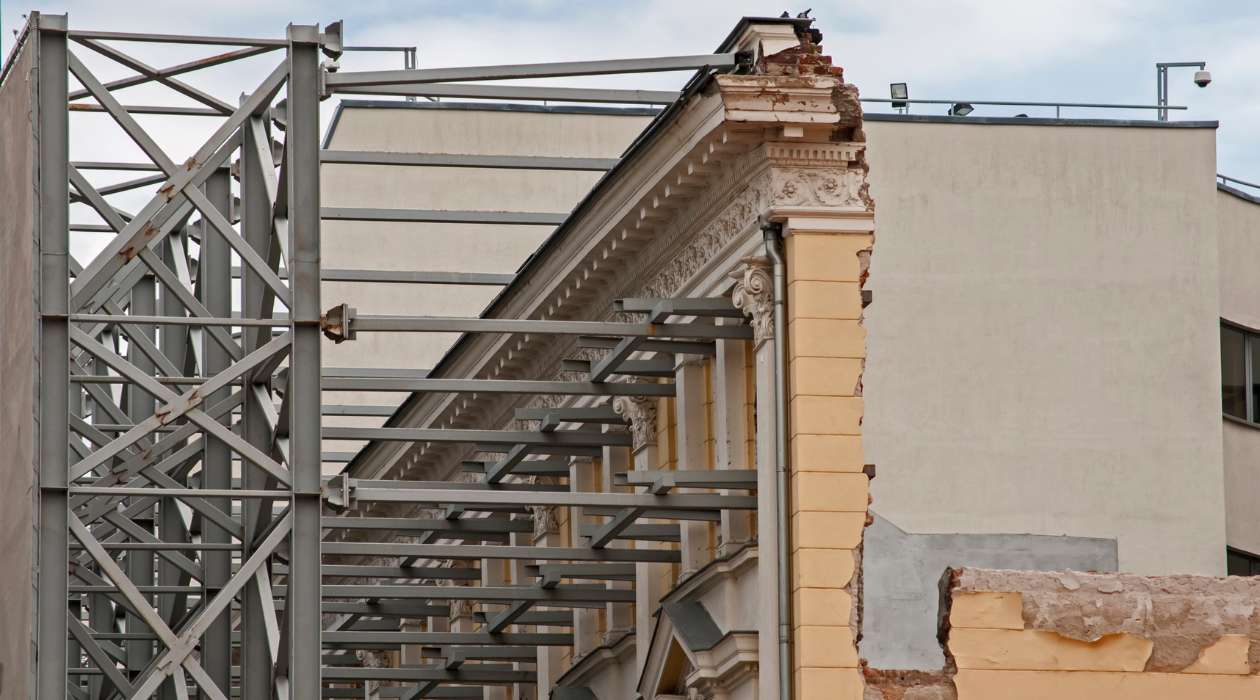
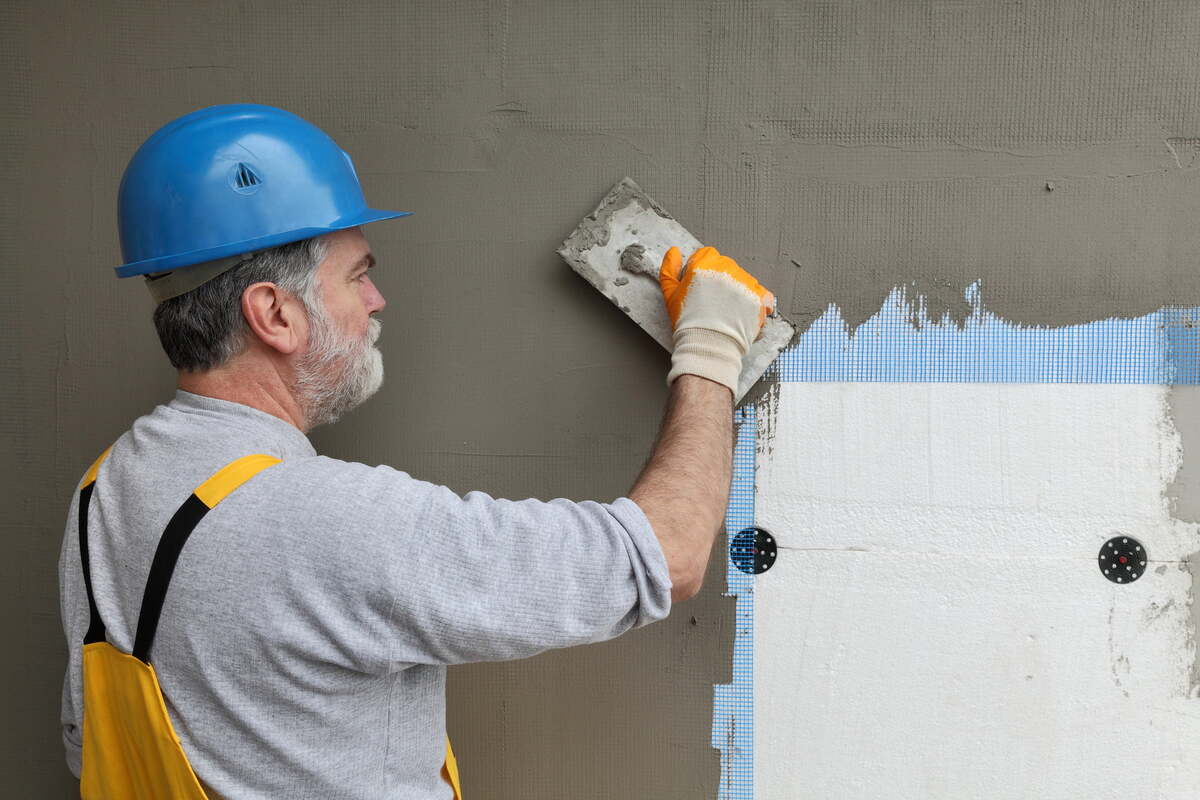
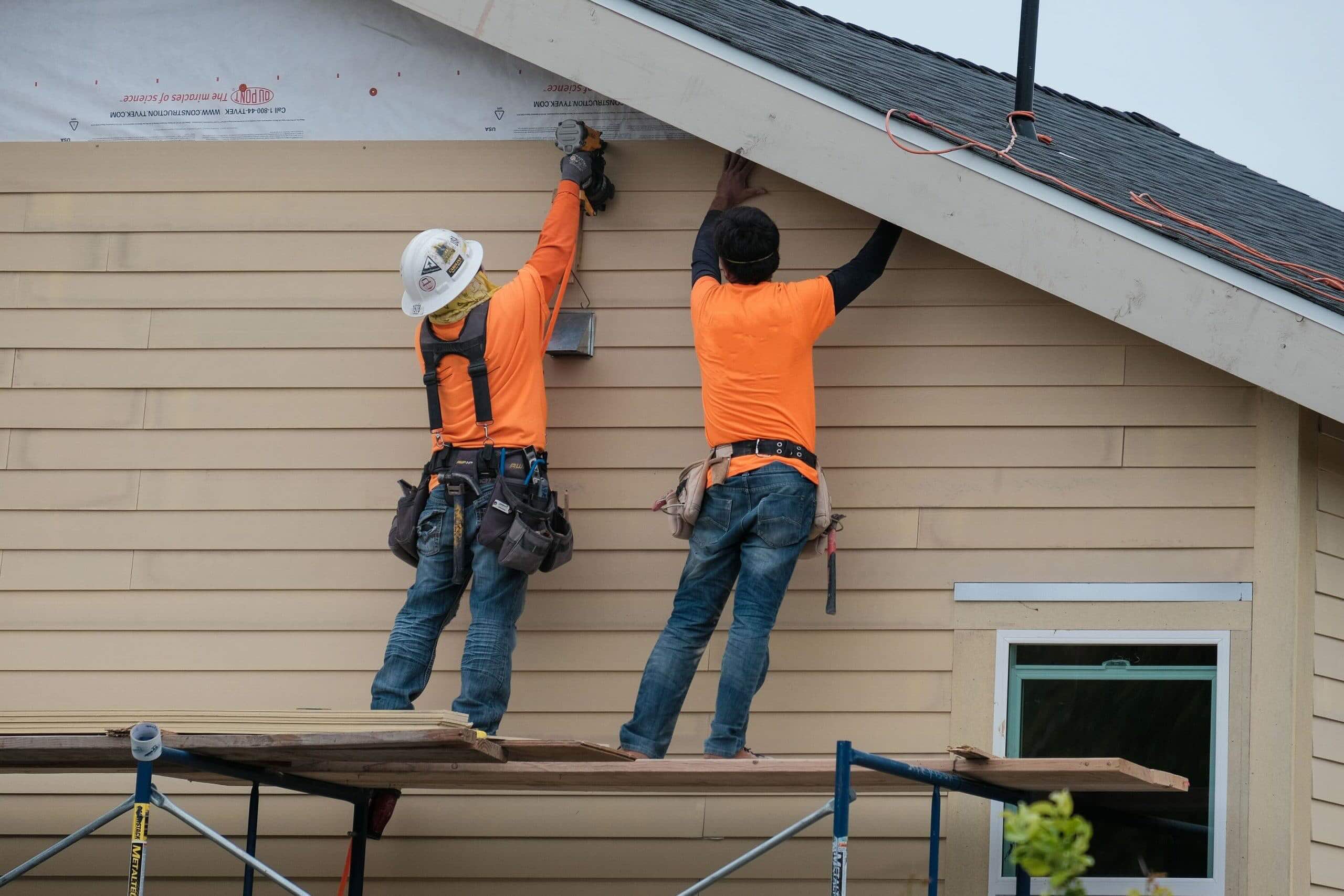
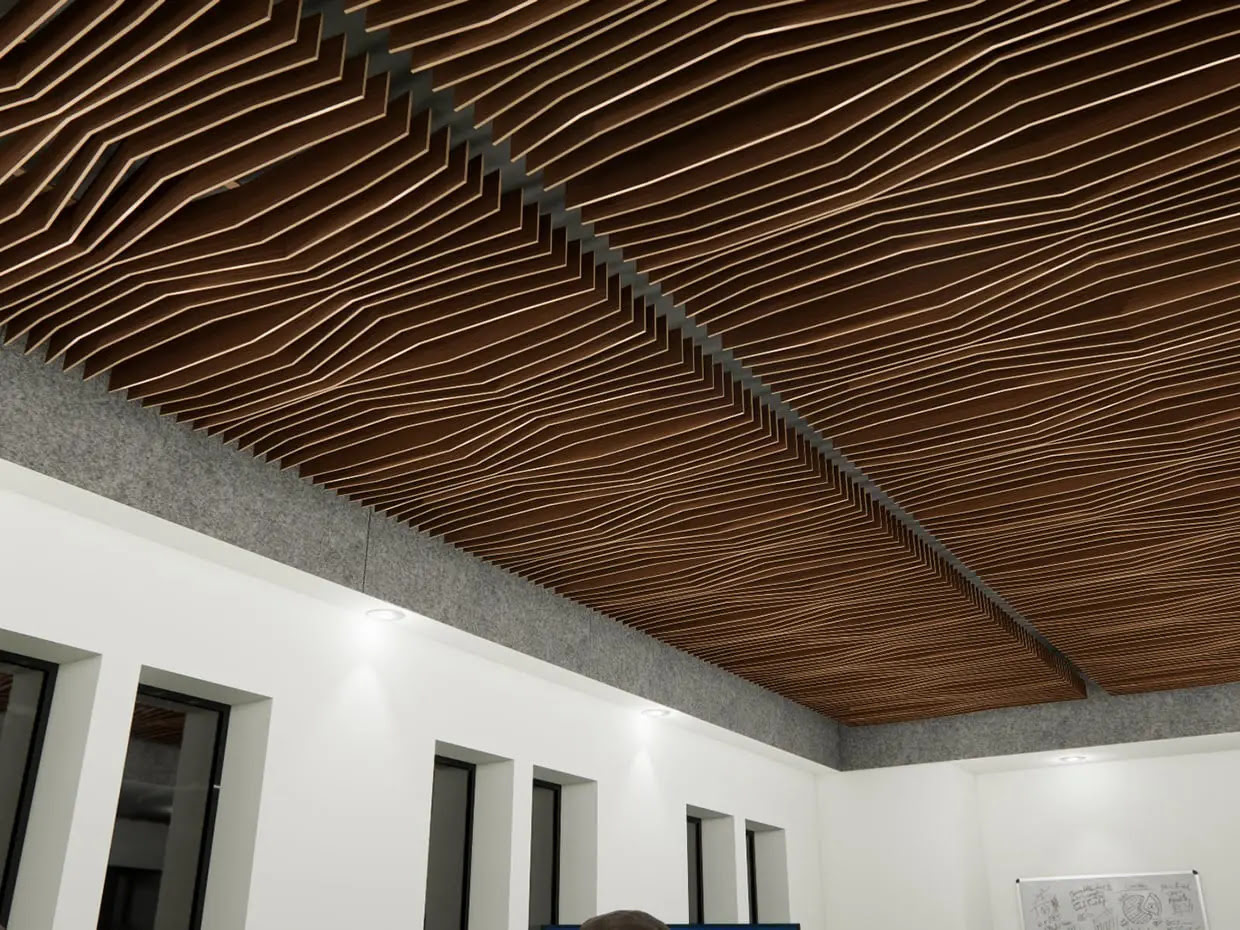

0 thoughts on “What Is Plastering In Construction”